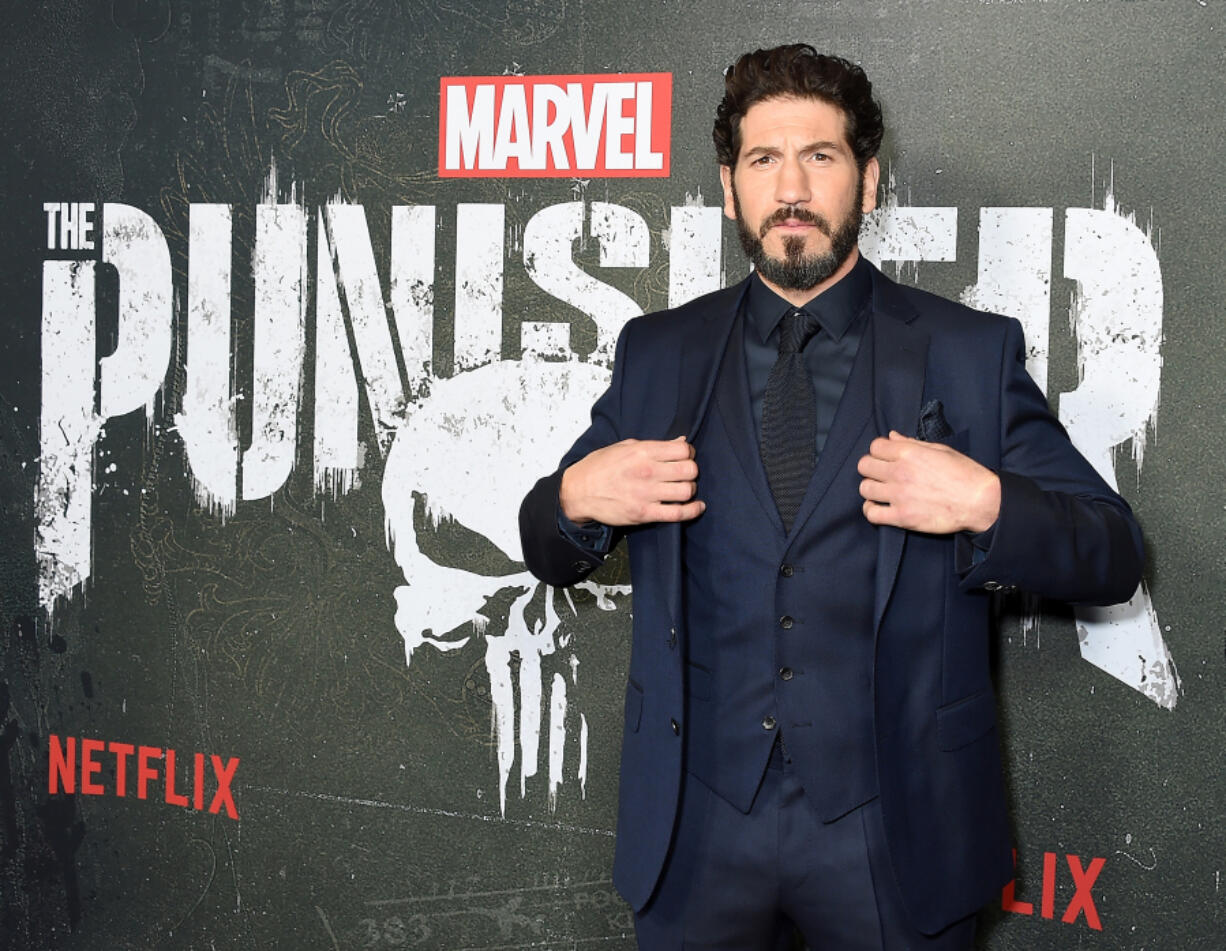CHICAGO — The Punisher turns 50 this month.
Normally, when anybody turns 50, you want to congratulate them. But the Punisher outlived his welcome somewhere during the Reagan administration. He is an artifact of a time when Americans could still agree broadly on what was right or wrong, moral or criminal. He should have died decades ago, and yet there he is, every day, glowering.
Probably, you don’t know you’re looking at him. He’s cultural white noise to many and a cultural dog whistle to others. He stares at you from T-shirts and tattoos and, most noticeably, those little stickers on the backs of cars — or rather, typically, from the back windows of big trucks and SUVs. The bigger the wheels, the more likely it’ll have a Punisher sticker, looking super spooky and warning you without really saying anything.
The Punisher logo is a skull with four teeth jutting downward, like a dagger, or, as I like to think of it, a universal symbol of solidarity among people who only have four teeth.
The Punisher skull is a favored symbol among white nationalists, Proud Boys, terrorist groups and Jan. 6 insurrectionists. It’s been found tattooed on mass shooters and would-be killers who were stopped before they could open fire. It’s also been adopted by members of the military — notably, Iraq veteran Chris Kyle, who bragged of spray-painting the skull across the Middle East in his memoir “American Sniper,” helping popularize it among front-liners — and for a long while, it’s been popular with some police, including Chicago police. A few years ago, Channel 2 CBS News reported that a Chicago officer wore a Punisher patch on his uniform during a 2019 Christmas Eve raid in which police forced their way into a home and pointed guns at the wrong kids. In 2017, a pair of Winnebago County deputies were ordered to stop handing out unofficial business cards with a Punisher logo. There are many similar examples, nationwide.



